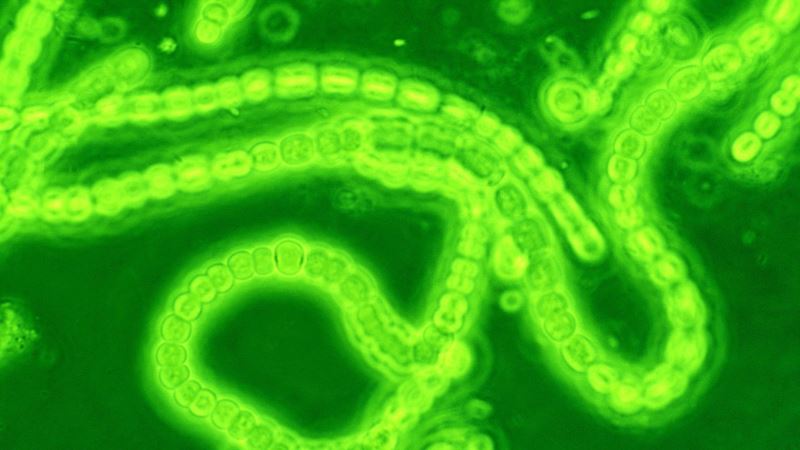Photosynthetic bacteria and light may offer hope to heart disease patients, a new study suggests. Researchers at Stanford University say that after injecting the bacteria into the hearts of rats with cardiac disease and using light to start photosynthesis, they were able to increase the flow of oxygen, improving heart function. “The beauty of it is that it’s a recycling system,” said Joseph Woo, senior author of the study. “You deliver the bacteria, they take up carbon dioxide, and with energy from the light, they form oxygen.” The findings could help many who have a condition called cardiac ischemia, which restricts blood flow and the delivery of oxygen to the heart muscles. “We thought there is an interesting relationship in nature,” Woo said. “In nature, humans exhale carbon dioxide and plants convert it back to oxygen. During a heart attack, the muscle is still trying to pump. There’s carbon dioxide but no oxygen. We wondered if there were any way to use plant cells and put them next to heart cells to produce oxygen from the carbon dioxide.” At first, the researchers tried to use spinach and kale cells, but the chloroplasts, the structures where photosynthesis occurs, were not stable enough to live outside the plant. “So we kept looking around,” Woo said, saying the next option was photosynthetic bacteria called cyanobacteria because it is “more rugged” and could survive with heart cells in a petri dish. After that, Woo and his team injected cyanobacteria into the beating hearts of anesthetized rats, comparing the oxygen levels among rats with their hearts exposed to light and rats that did not have light shined on their hearts. “The group that received the bacteria plus light had more oxygen and the heart worked better,” Woo said, adding that the bacteria “dissipated” in about 24 hours. Improved cardiac function lasted at least four weeks, he said. “This is still very preliminary,” Woo said. The study was published in the journal Science Advances.
Oxygen-Producing Bacteria Could Help Heart Attack Sufferers






